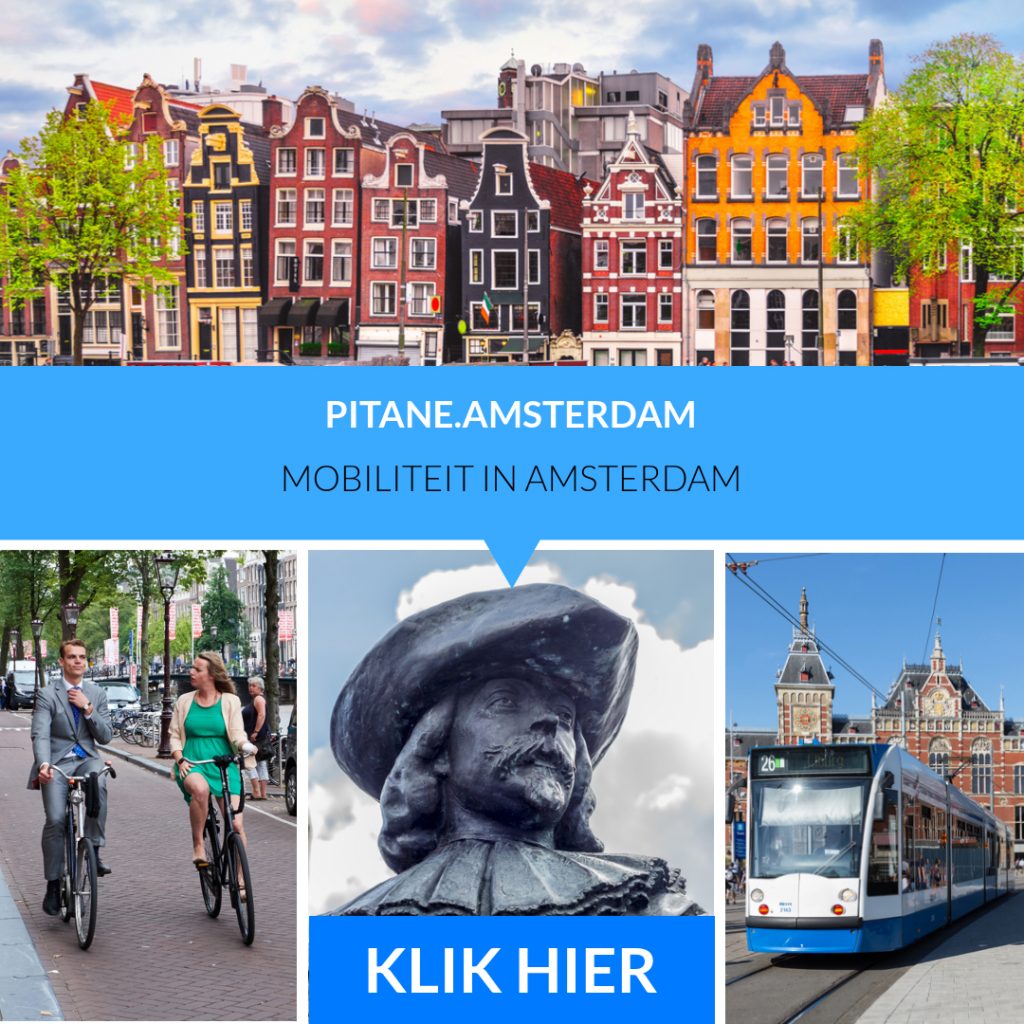On January 1, the maximum entrance fee for the taxi indexed with the LTI index of 2,23%. In a reaction to the intention of the Ministry of Infrastructure and Water Management, which opened an internet consultation, KNV Taxi proposed using the NEA index. This index is more tailored to the real cost situation in the taxi industry.
LTI vs NEA index
Since 2010, the maximum rates for taxi transport have been indexed annually. As of 1 January 2017, this will be based on the National Tariff Index (LTI). The reason for this is the evaluation of the rate structure in the taxi sector, about which the House of Representatives was informed by letter of 16 June 2016.
For 2020, an LTI of 2,23% is calculated. This means that the fixed amounts, the amounts per kilometer and the amounts per minute are increased. The same applies to the rate that the carrier, if agreed with the consumer, may charge for the waiting period at the start of the journey.
Results of internet consultation
Everyone has been given the opportunity to respond to a draft of this regulation by means of internet consultation. This complies with Article 106 of the Passenger Transport Act 2000.
A response calls for indexation with the NEA cost development index, as it would be most tailored to the taxi industry and for the abolition of the statutory maximum rates because they would not suit a liberalized market. In addition, the indexation of the statutory maximum fares should take into account the increasing congestion and the abolition of the BPM refund for taxis from 2020.
It should be emphasized that the maximum fares do not apply to contract transport and to taxi transport that is offered at a fixed fare per journey agreed in advance with the traveler. Moreover, this scheme only regulates an annual indexation and does not envisage changes to the existing rate structure. The aforementioned evaluation discussed the structure of the maximum rates, as well as their raison d'être.
This showed that regulating maximum fares remains an important means of protecting particularly vulnerable consumers, such as the elderly and tourists, when they take a taxi on the street. It was also advised to use the LTI for indexation. The aforementioned developments are no reason to deviate from this.
The maximum fares take account of congestion in the sense that the (extra) travel time directly attributable to a journey can be charged to the traveler with the fare component 'amount per minute of the duration of the taxi ride' due to congestion. In view of the passenger protection intended by the scheme and the more so since the maximum rates do not apply to a significant part of taxi transport, it is undesirable to be able to pass on the so-called 'unloaded time' to the traveler.
In addition, passing on to the traveler any financial consequences of the abolition of the BPM refund would also limit the intended financial greening incentive.
The other response argues for a separate rate for incidental users of a wheelchair taxi, and in particular for the group of people with a physical disability who do not have a pass for additional public transport (AOV) or have decided not to use the AOV . There is no reason for this.
After all, the regulation does not determine the rates that carriers must apply, but only sets maximum rates. Passengers can therefore choose a carrier that charges lower rates, or agree a lower fixed rate with a carrier. In addition, specific arrangements are available for travelers with disabilities for specific purposes. In addition to the AOV, these include Valys, Wmo transport and seated patient transport.
Compliance Burdens
If taxi operators choose to adjust their rates based on the new (indexed) maximum rates, this may lead to compliance costs. These charges are related to the following actions: to adjust or have adjusted the taximeter, downloading, printing and filling in new rate cards and replacing rate cards inside and outside the taxi vehicle
The one-off costs associated with the adjustment of the taximeters are: 41.000 taxis x 0,25 hours x € 28 = € 287.000. The one-off charges associated with the new taxi information cards are: 41.000 taxis x 0,5 hours x € 28 = € 574.000. If all taxi companies perform these actions, the total costs are € 861.000. This would amount to € 21,00 per taxi vehicle. However, the actual expenses will be lower.
Not all taxis provide transport for which the maximum rates apply. This applies to contract transport and in the event that only taxi transport is performed for which the price has been agreed in advance. In addition, it is possible that in practice not all taxi operators pass on the (indexed) maximum rates.



